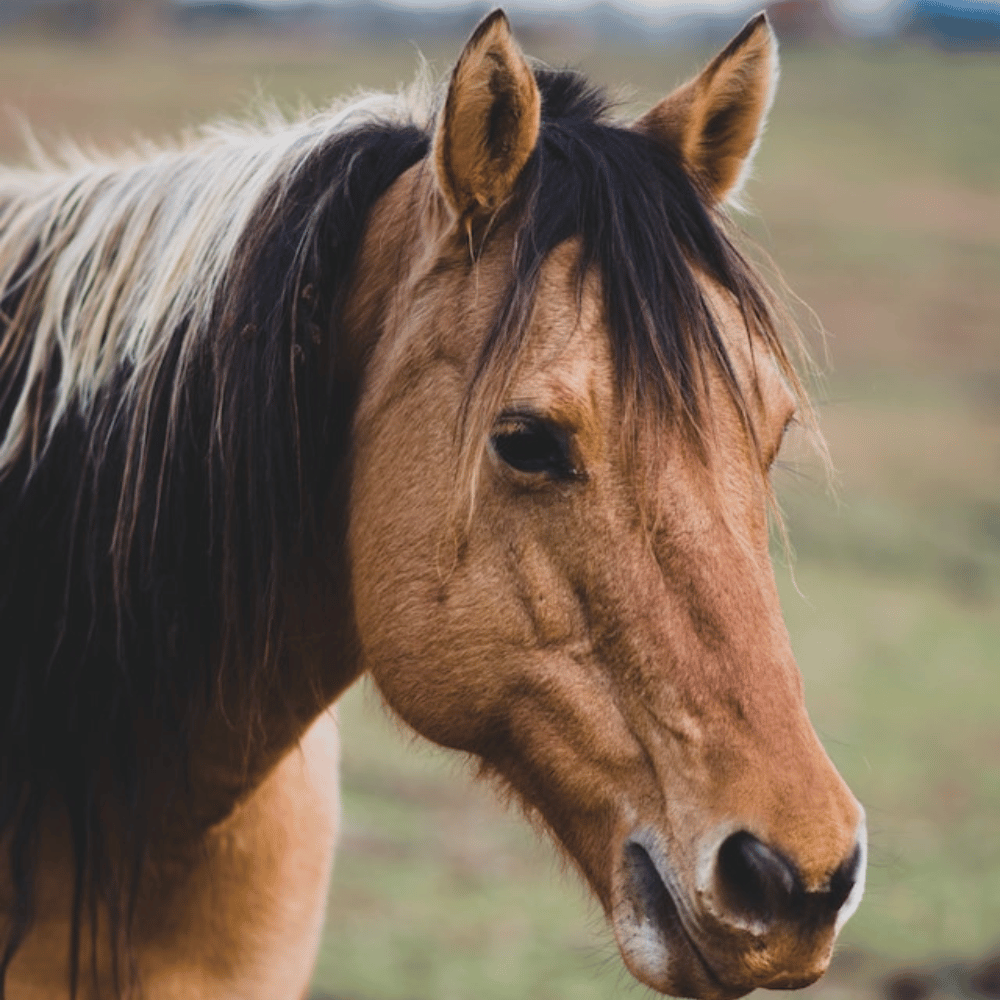Endoscopy
Equine endoscopy is a valuable diagnostic tool that allows veterinarians to visualize and assess the internal structures of a horse’s body.
Endoscopy in Emmett, MI
This non-invasive procedure involves using an endoscope, a flexible tube with a light and camera at its tip, to examine various anatomical areas.
Endoscopy
Equine endoscopy plays a crucial role in diagnosing and treating a variety of respiratory, gastrointestinal, and urinary conditions in horses.
Respiratory System Evaluation:
- Upper Respiratory Tract: Endoscopy is commonly used to examine the nasal passages, pharynx, larynx, and guttural pouches. It aids in identifying issues such as respiratory infections, inflammation, and structural abnormalities.
- Lower Respiratory Tract: For assessing the lower airways, endoscopy can be used to visualize the trachea and bronchi. This is particularly valuable in diagnosing conditions like bronchitis or inflammatory airway disease.
Gastrointestinal Examination:
Gastrointestinal Tract: Endoscopy allows visualization of the esophagus and stomach. It is beneficial in diagnosing issues such as esophageal obstruction, gastric ulcers, and mucosal abnormalities.
Benefits of Equine Endoscopy:
- Precision in Diagnosis: Equine endoscopy provides direct visualization of internal structures, allowing for accurate diagnosis of various conditions.
- Minimally Invasive: The procedure is minimally invasive, reducing stress on the horse and enabling quicker recovery compared to traditional exploratory surgeries.
- Treatment Assistance: In addition to diagnosis, endoscopy can be used for certain therapeutic interventions, such as removing respiratory obstructions or treating gastric ulcers.
- Real-Time Evaluation: Veterinarians can observe real-time images on a monitor during the procedure, facilitating immediate assessment and decision-making.

